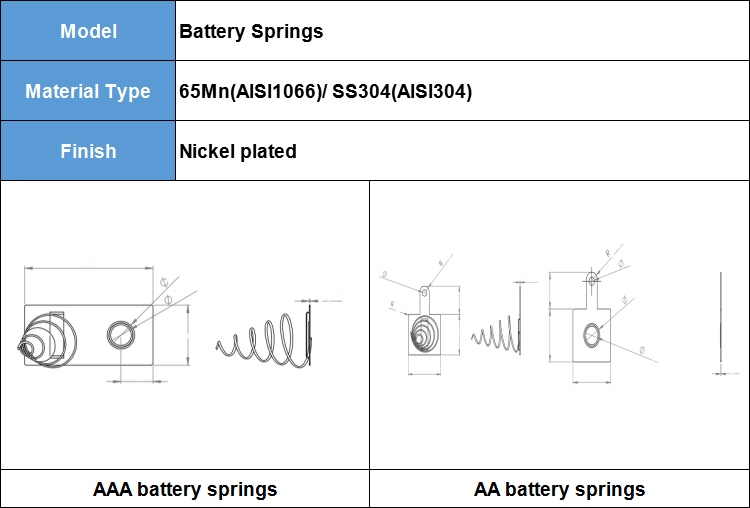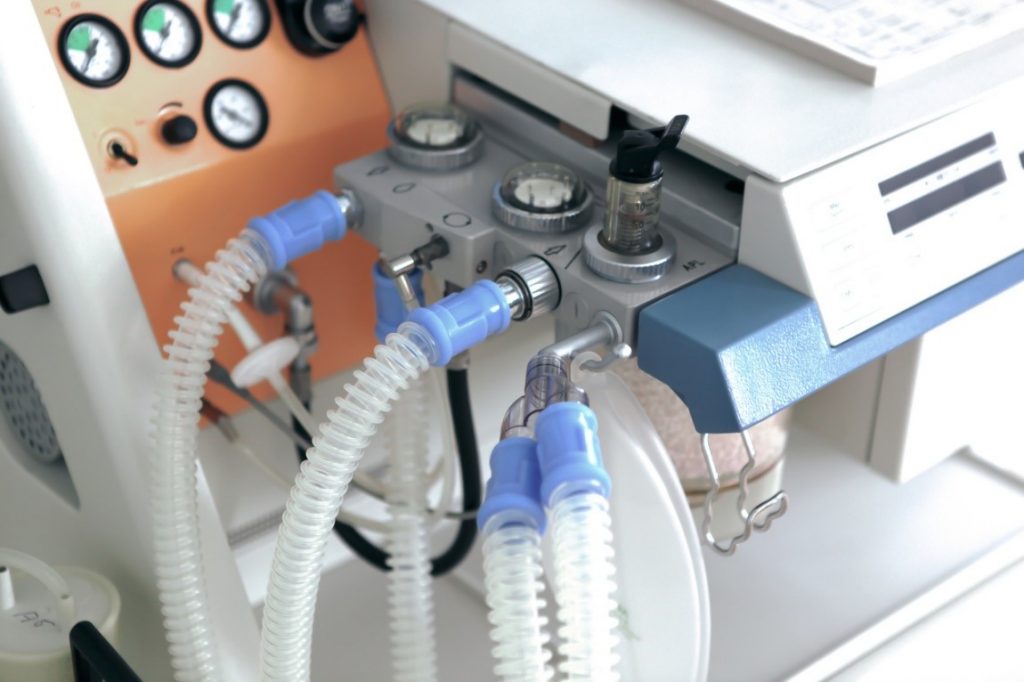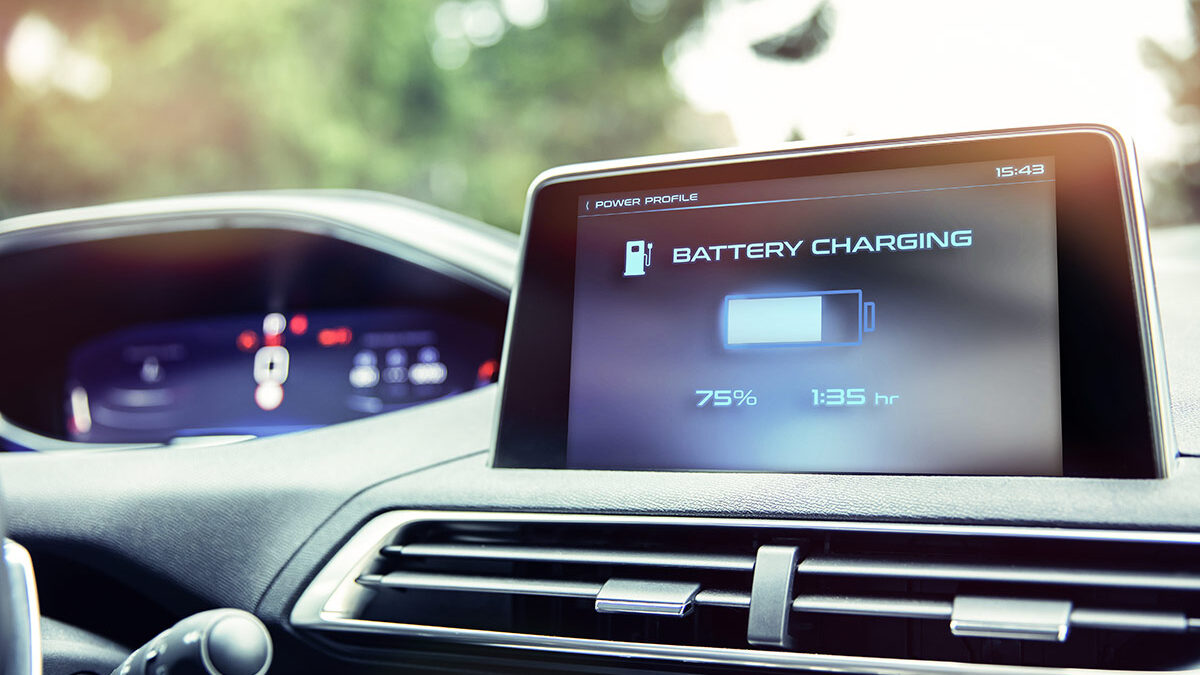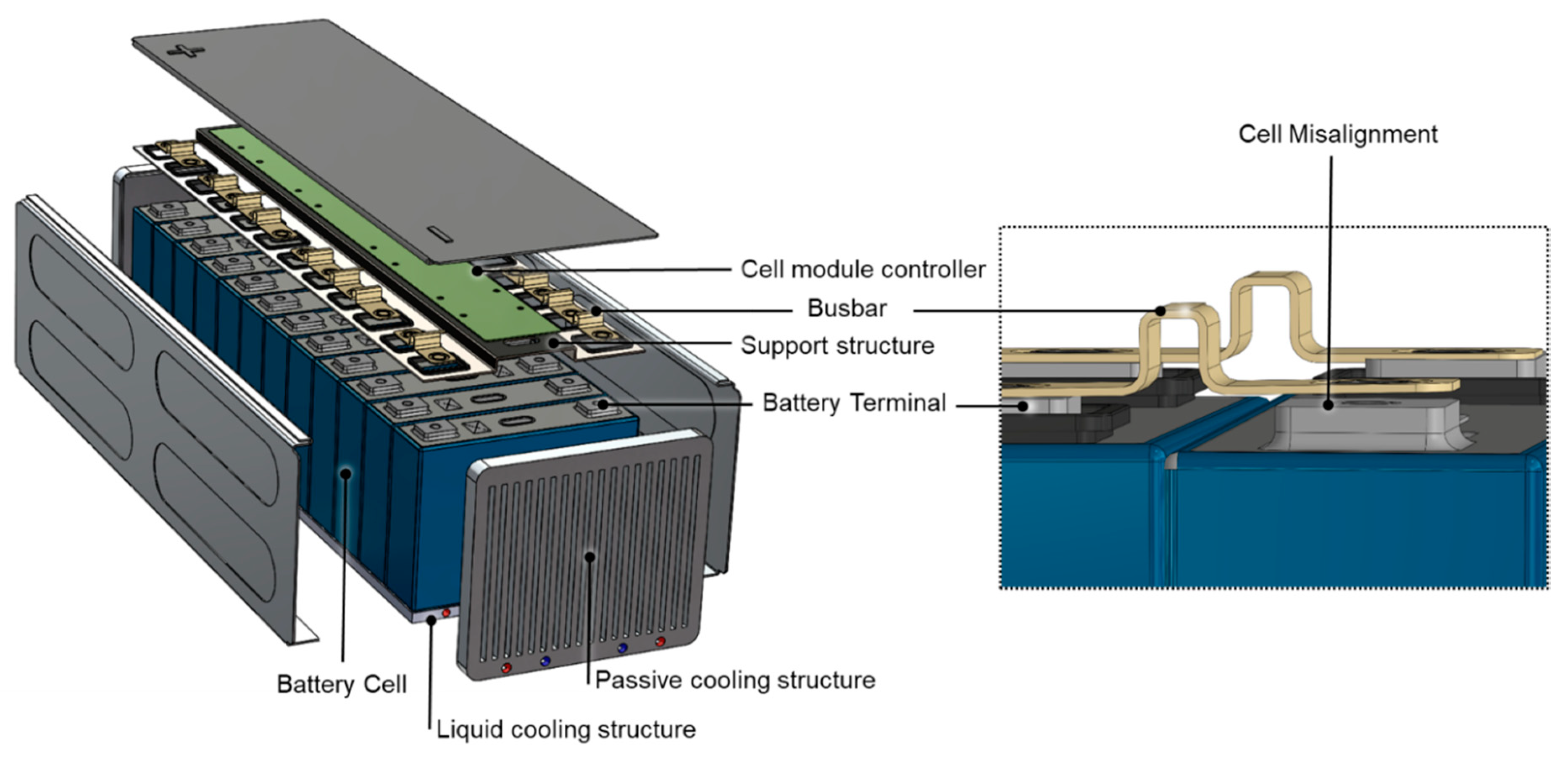The Backbone of Power: Battery Spring in Focus
Edit by openai.com Launch by SHAW from Hengsheng
In the world of electronic devices, one component stands out as both unassuming and crucial—the battery spring. These connectors establish and maintain essential electrical contact between batteries and devices, ensuring not only reliability but also optimal functionality. In this blog post, we’ll delve into the intricacies of battery springs. We’ll explore their design, applications, and the critical role they play in our everyday electronic experiences.
Understanding the Anatomy of Battery Springs
At first glance, you might see a battery spring as a simple coiled structure. However, its design is the key to its significance. These springs are typically crafted from highly conductive metals like stainless steel. The helical shape of a battery spring serves as a powerful mechanism for creating a secure electrical connection. One end of the spring attaches firmly to the device’s battery compartment or circuit board. The other end delicately touches the battery’s positive or negative terminal. This close contact ensures an uninterrupted electrical pathway, facilitating continuous power flow.
The Versatility of Battery Springs
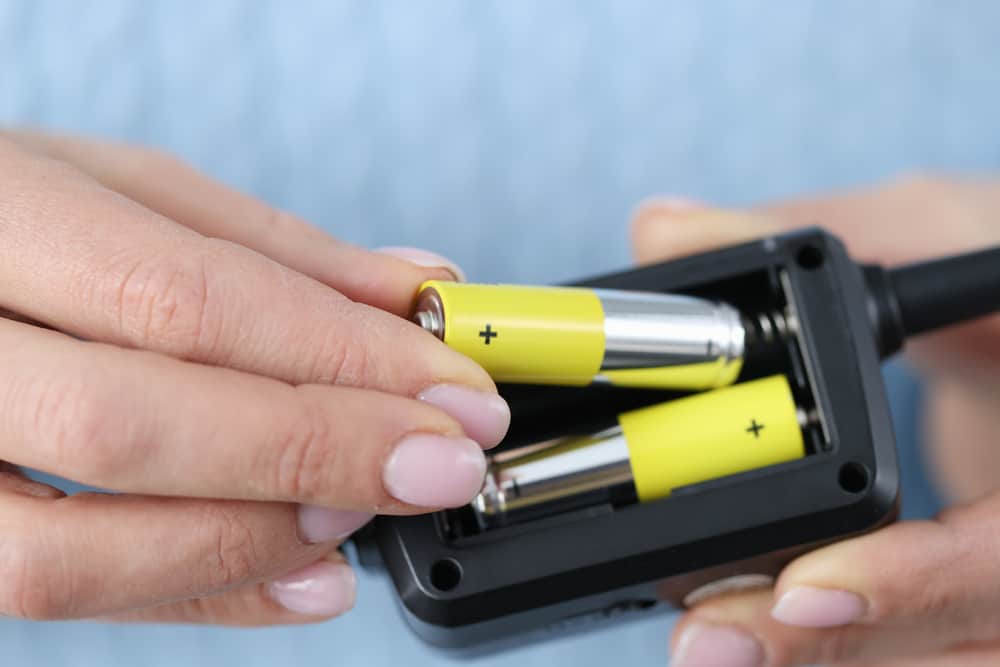
Battery springs are remarkably versatile, finding applications across an extensive spectrum of electronic devices. From the everyday convenience of consumer electronics like remote controls and flashlights to the precision-critical domain of medical devices such as hearing aids and electronic thermometers, battery springs underpin various technological innovations.
Transition: Beyond the consumer domain, battery springs extend their instrumental reach into the automotive industry. They empower key fobs and remote car starters with reliable power connections. These springs also play a crucial role in handheld meters, barcode scanners, and portable testing equipment within the industrial landscape. Even in the demanding arenas of military and aerospace applications, battery springs shine due to their resilience and stability.
The Integral Role of Battery Springs

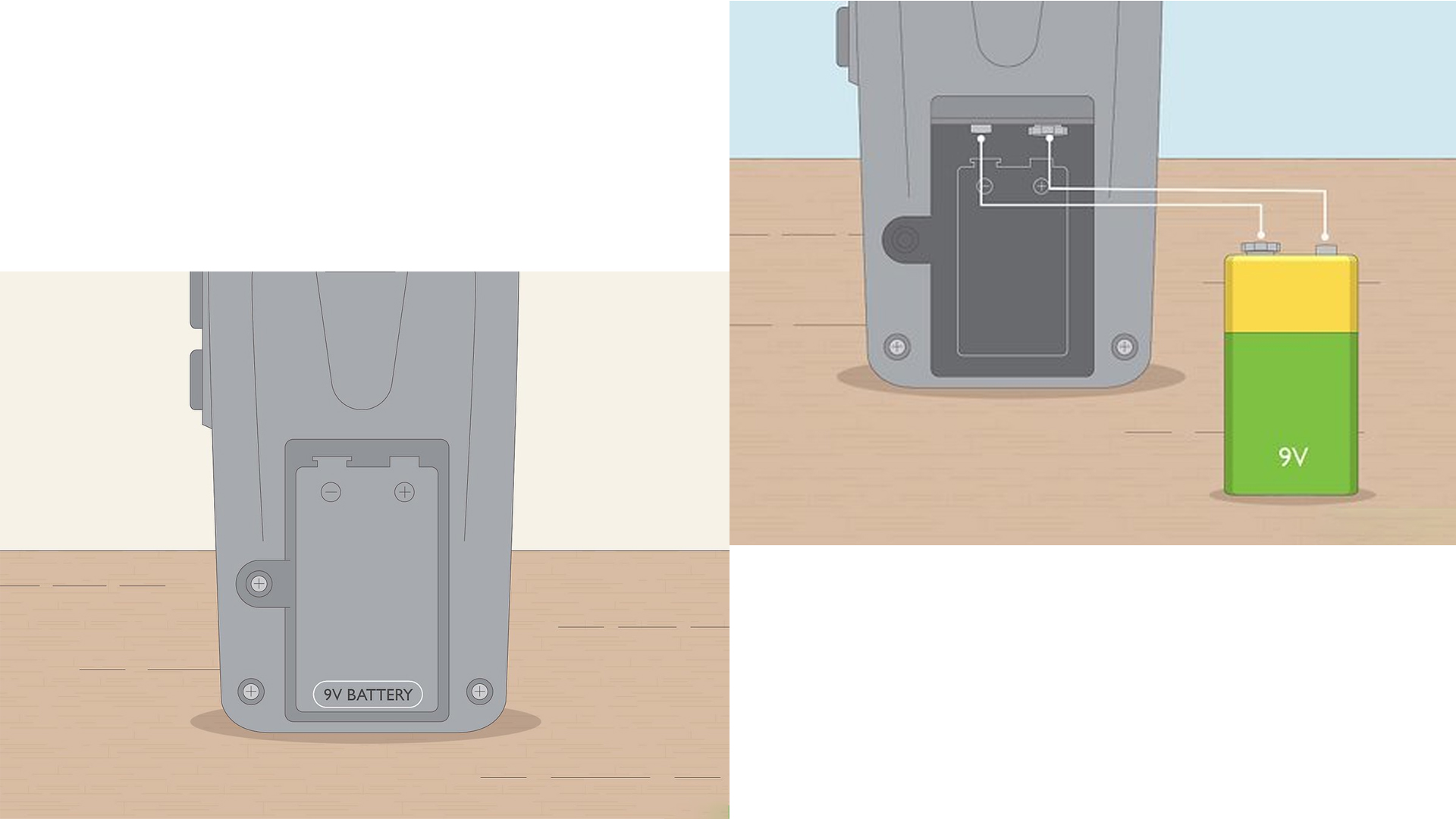
Despite their small size, battery springs occupy an indispensable niche in the electronic device landscape. They act as guardians of uninterrupted power flow, preventing any hiccups in energy transfer that could potentially compromise device functionality. The precise pressure exerted by these tiny springs ensures a snug fit between the battery and the device’s contacts, thereby mitigating potential disruptions and guarding against battery rattling or unintended movements.
Applications of Battery Springs
Battery springs feature prominently in a wide range of electronic devices, including but not limited to:
- Consumer Electronics: Battery springs are commonplace in everyday consumer electronics like remote controls, electronic toys, flashlights, and portable electronic devices.

- Medical Devices: Medical equipment, including blood glucose monitors, hearing aids, and electronic thermometers, heavily rely on battery springs for their power connections.

- Automotive Electronics: Battery springs serve various purposes in automotive electronics, including key fobs, remote car starters, and tire pressure monitoring systems.

- Industrial Devices: Within industrial settings, battery springs find application in devices like handheld meters, barcode scanners, and various portable testing equipment.

Transition: Furthermore, battery springs find essential utilization in specialized equipment for military and aerospace applications due to their proven reliability and stability.

Looking Ahead: Innovations in Power Connectivity

As technology continues its rapid evolution, so do the demands placed on electronic devices. Battery springs are poised to witness advancements that cater to the burgeoning needs of contemporary electronics. Engineers and manufacturers actively explore new materials and design configurations to enhance conductivity, efficiency, and performance. These innovations will undoubtedly contribute to the seamless integration of battery springs into future electronic devices, elevating the power connectivity landscape to new heights.
In Conclusion
In summary, battery springs, despite their small size, wield significant influence in electronic devices. As connectors, they bridge the gap between batteries and devices, enabling consistent and reliable power transfer. From our everyday gadgets to specialized medical instruments and aerospace equipment, battery springs remain steadfast as enablers of seamless power connectivity. As we embrace the relentless march of technology, the unwavering presence of battery springs ensures that the backbone of power remains strong, empowering our electronic experiences with unmatched reliability.


